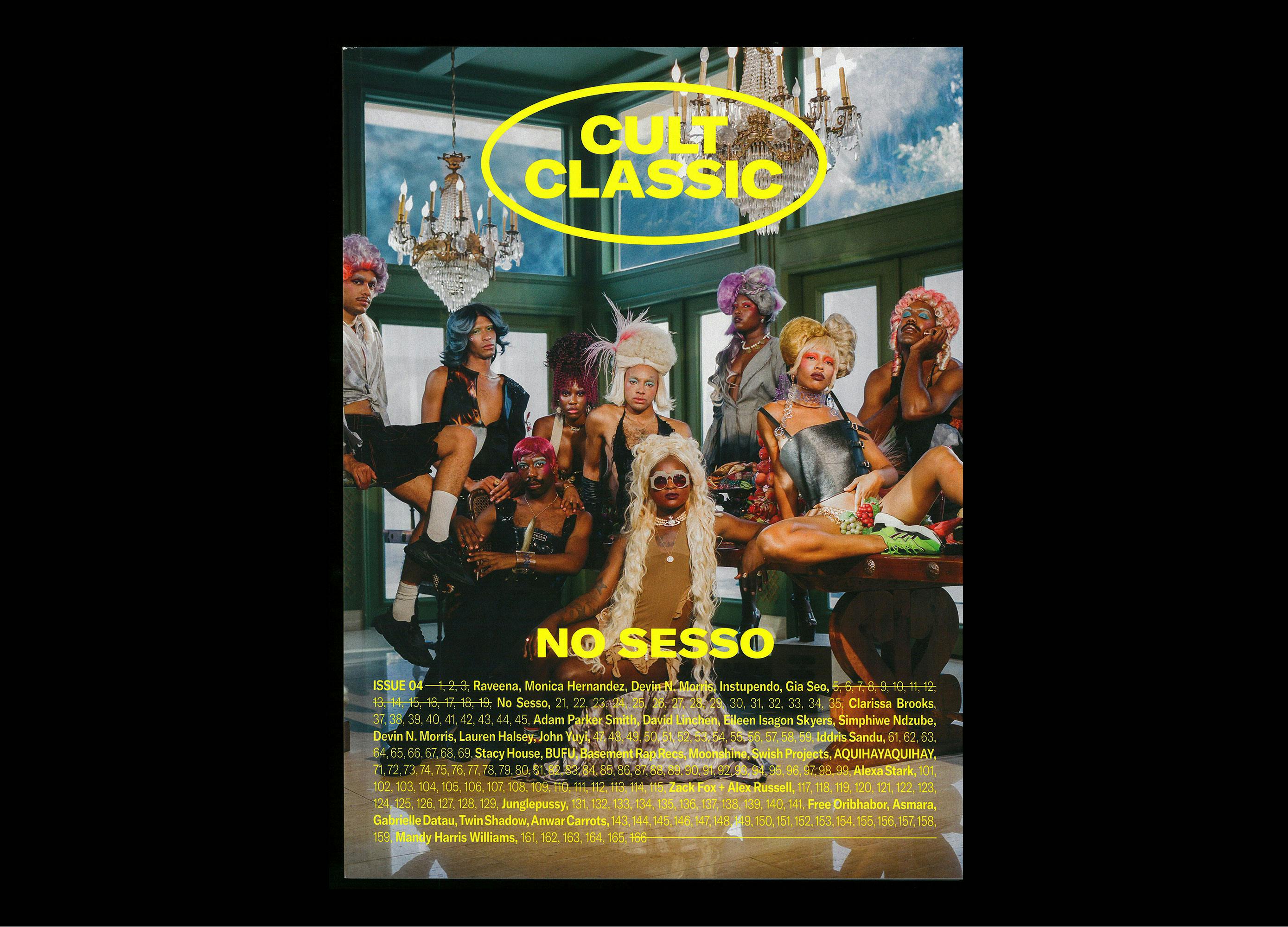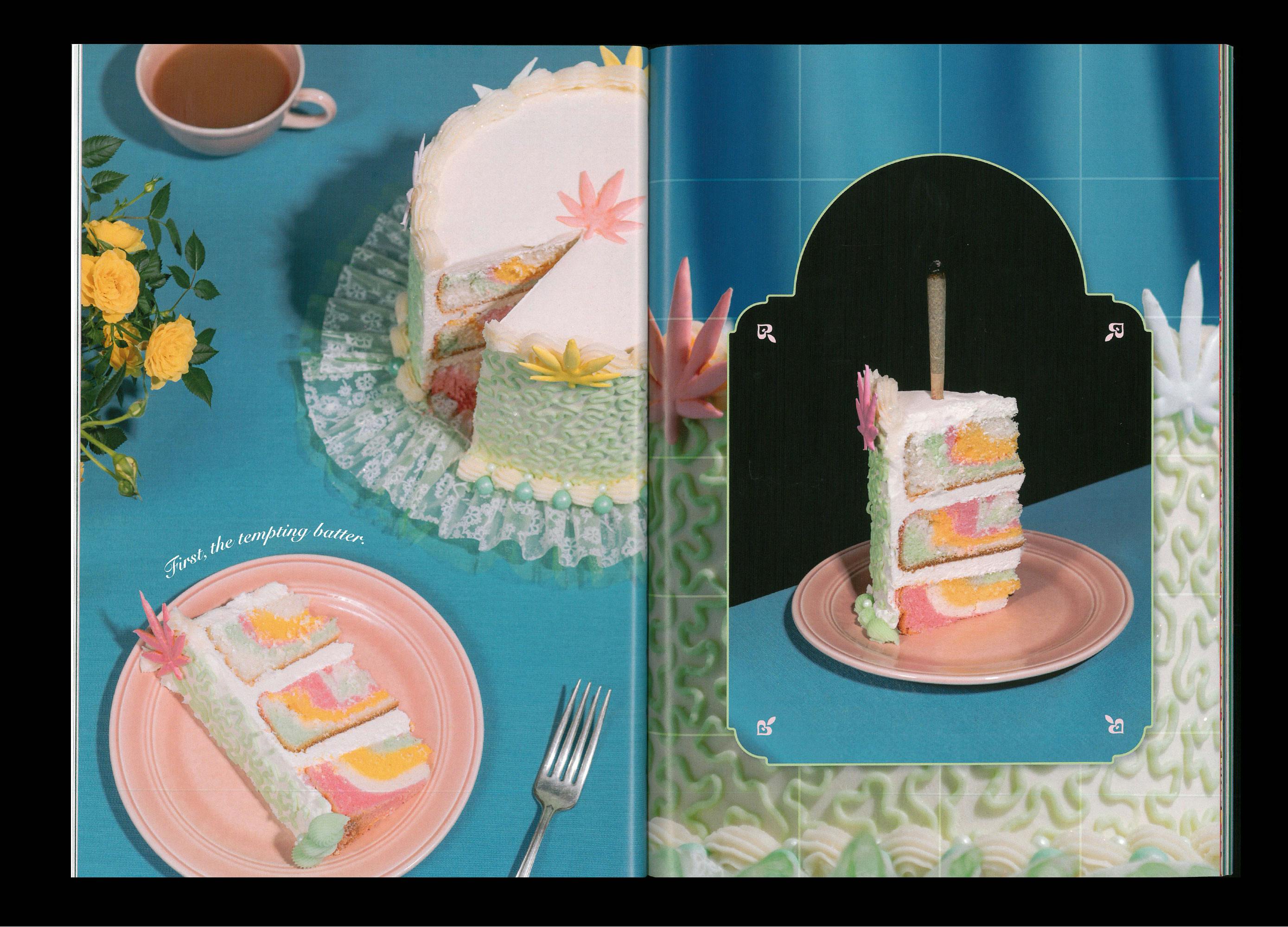Dispatch from Portland
What does independent publishing look like outside the big hubs like London and New York? Our monthly series turns to special correspondents in some of the world’s most interesting centres of independent publishing to get the view from the ground. This month, Joon publisher Abby Morgan reports on the magazines coming out of Portland, Oregon.
A postcard-perfect summer in Portland, Oregon is truly blissful: long, sunny days stretch on luxuriously from June to August, leaving us refreshed and ready for the nearly nine months of continuous rain we get for the rest of the year. But the 2020 summer was anything but that.
Our city was quieted by the onset of Covid-19 in March 2020, and it stayed that way until May, when people from all walks of life took to the streets to protest the death of George Floyd. In a moment where silence is equated with complicity, Portland’s sordid history of racism, redlining, and gentrification is hard to avoid. Still one of the whitest major cities in America, racism has been entrenched in Oregon, maybe more than any state in the north, for nearly two centuries. When the state entered the union in 1859, for example, Oregon explicitly forbade black people from living in its borders. Today, the average income level for black families in Portland is nearly half that of white residents, and police disproportionately shoot black residents.
Portland was at the centre of the protests in America, and it was the efforts to atone for the shameful history of our state that fuelled the demonstrations. We resisted federal intervention by Donald Trump in July and continued demonstrating throughout the November election. Activism has been a hallmark of Portland life for decades, and the sorrow, rage, and uncertainty we have felt in Portland throughout the Trump administration has spurred the desire to be creative and share knowledge, especially through print media.
The publishing scene in Portland is varied and often interconnected. There are two universities with strong graphic design and illustration programs: the Pacific Northwest College of the Arts and Portland State University. There are also a few DIY print shops that can help people print everything from Risograph zines to full-fledged glossies. Spaces like the Independent Publishing Resource Center and Outlet give people the opportunity and skills to make their own art prints and publications.
Below, I’ve rounded up a handful of publications sculpting the print landscape in Portland, Oregon.
The inaugural issue of Joon is as much a celebration of print possibilities as it is a commentary on the city of Portland, Oregon. I am a publisher of Joon, so I need to declare some bias here. It’s a project that came to mind when I moved here from Los Angeles, so it’s about falling in love with this city, and falling in love with print. We use gloss, emboss, die-cut, liquid-looking type, and Easter egg inserts that come together in a decadent way. We deliberately pair different types of papers with different stories to help us paint a picture of a place that is idyllic in many ways, and terribly fraught in others. In one essay, the writer Kira Jordan reflects on the way that gentrification has pushed black and brown communities to the outskirts of the metro area. Jordan covers the beauty of Dawson Park, a community hub for black Portlanders. Photographer Colin Matsui shot images of park-goers on one sunny afternoon in both medium format and 35mm film. The photographs were so powerful, so I wanted to capture the analog feel of the film itself, which is why the article is printed on uncoated paper.
I love a local rag and at the start of each season, I look forward to Free Spirit News, an illustrative zine that comes out four times a year. Offset printed on newsprint by a local print shop called Container Corps, Free Spirit News dubs itself “a harbinger of ancient truths and modern lies.” Featuring few words and many illustrations, every page flip is a delight. One of my favourite aspects of this print, however, are the advertisements. Businesses pay to advertise with the catch that an illustrator can draw whatever they would like, meaning the end result is a total surprise. Issue 13 comes with a wonderful “Defund the Police” centrefold.
Cult Classic “serves as a platform to preserve, promote and support timeless underground creatives who make up the undercurrent of culture.” Creative Director Justin Morris is interested in celebrating people within the community as well as outside of Portland. Cult Classic always releases three different covers for each issue; past cover-stars have been The Hoodwitch, Bárbara Sánchez-Kane, No Sesso, and Toro y Moi. The unifying idea behind the magazine is about the value of collective experiences, whether they exist physically in an underground club or virtually, online. Cult Classic is printed by Brown Printing Inc., the same printers who produce Joon, and the printing methods are experimental. I always enjoy running my fingers over interior pages to feel the textures of the different paper choices.
Created by an all-woman team, Broccoli is a magazine for cannabis lovers and print admirers, too. As a publication that is reinterpreting the aesthetic of weed — especially as its legalization creeps in across the United States — it highlights the art and culture of the plant with an emphasis on the human senses. Inside the soft touch covers of Issue 9, readers find colorful designs, eye-catching art direction, and thoughtful layout. The beauty of Broccoli is that it is not laser focused on one facet of cannabis or another. Editor Anja Charbonneau puts it best in the most recent issue: “[Cannabis] gently forces us to reconsider so many things, from language to laws, encouraging us to engage in nuanced analysis of our ever-shifting world.”
Buy Broccoli in the Stack shop























